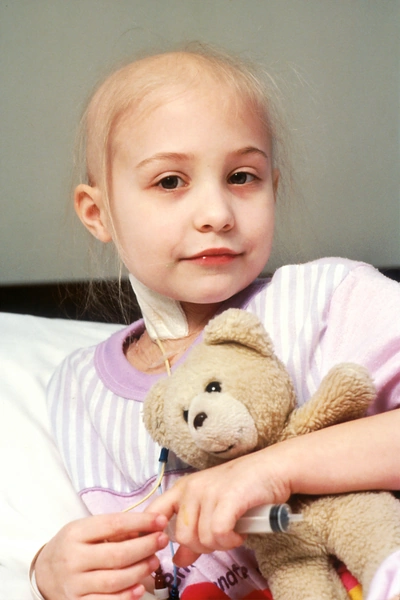Here are a few quick tips to help you focus on how to approach and enhance communication with your child.
Practice communication strategies before your child needs to use them.
Practice more than one signal for “yes;” no response can be used to mean “no.”
Start by asking broad questions, and then ask more and more specific questions as you get an idea of what your child is thinking about or wanting to say.
Use simple sentences to get to the main point.
For example, ask “Are you hungry?” instead of “Do you want something for dinner?” Remember the “KIS” principle: “Keep It Simple.”
Remind your child what the “yes” signal is before asking each question.
Wait longer than usual for your child to respond.
If your child has difficulty responding, repeat the question or simplify it. For example, if you’ve asked, “Are you hungry?” simplify by saying, “Hungry?”
To ensure your child’s message is understood correctly, repeat what you think he said. For example, “Okay, you are hungry,” or “So you’re not hungry.” This allows your child to confirm that his message was interpreted correctly.
Be patient with yourself, your child, and the process.
When exploring emotional issues, ensure that you understand your child’s unique perspective rather than thinking about it only from an adult perspective. In other words, focus on how your child thinks and feels, not how you would think or feel in the same situation.






